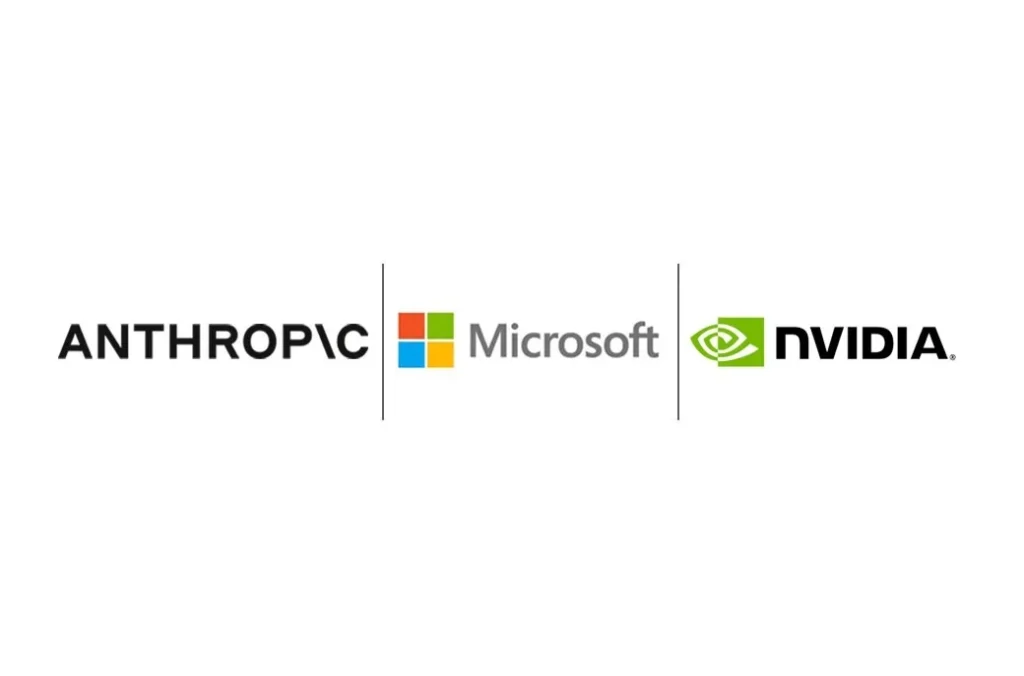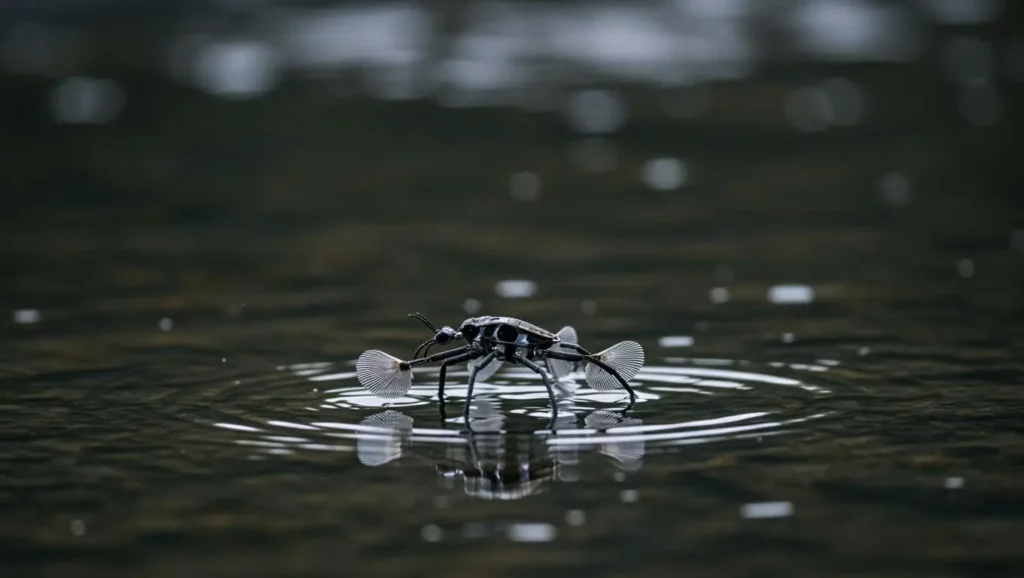Microsoft partners with Anthropic: Claude arrives on Foundry, Nvidia invests 10 billion
Microsoft adds a crucial piece to its artificial intelligence strategy. After redefining the contours of its historic alliance with OpenAI, the company announces a significant partnership with Anthropic, bringing Claude models to Microsoft Foundry for the first time.
This signifies a clear offensive in the battle for frontier AI.
Anthropic integrates with Microsoft Foundry with a colossal commitment to Azure
The deal announced yesterday marks a decisive step: Anthropic will deploy Claude Sonnet 4.5, Claude Opus 4.1, and Claude Haiku 4.5 on Microsoft’s Foundry infrastructure, allowing enterprise clients to natively access the startup’s most advanced models.
In return, Anthropic makes a massive commitment: 30 billion dollars for Azure capacity purchases, with the potential to expand by up to 1 gigawatt of additional power. This level of consumption is rarely seen in cloud computing, reflecting the computational appetite of frontier models.
Despite this integration, Amazon remains Anthropic’s primary cloud provider and partner for model training — a clear multicloud strategy that is becoming the norm in the AI ecosystem.
Nvidia joins the fray: an explosive tripartite partnership
Another major aspect: Nvidia joins the agreement. The three parties will collaborate to optimize Claude models for future Nvidia architectures, including Blackwell and Vera Rubin.
Anthropic also commits to consuming up to 1 GW of compute through these systems — a clear indication that the next generations of Claude will target very high capabilities.
Meanwhile, Nvidia will invest up to 10 billion dollars in Anthropic, with Microsoft adding an additional 5 billion.
Anthropic thus becomes one of the best-capitalized AI players in the market, alongside OpenAI.
After OpenAI, Microsoft expands its game
This partnership comes just weeks after the significant restructuring of the Microsoft–OpenAI pact. The new terms now allow OpenAI to freely collaborate with third parties, publish open-weight models, and release Microsoft from its right of first refusal regarding cloud infrastructure.
In exchange, Microsoft secures an extension of its IP rights until 2032, even covering post-AGI models, the validation of which will be overseen by an independent committee.
This relaxation has paved the way for an overt diversification — and Anthropic is the first major building block of this new era.
Claude gradually establishes itself within the Microsoft ecosystem
This alliance doesn’t come out of nowhere. For several months, Microsoft has gradually integrated Claude models into its products:
- Claude 4 preferred over GPT-5 in the automatic selection for Visual Studio Code,
- integration of Claude Sonnet 4 and Claude Opus 4.1 into Microsoft 365 Copilot,
- increasing experimentation in its development and analysis solutions.
The message is clear: Microsoft no longer wants to depend on a single model or a single partner.
The company is repositioning itself as an aggregator of frontier models, capable of selecting the best tool for each use case.
A long-term strategy in an accelerating race
With this partnership, Microsoft solidifies its status as an essential cloud platform for AI, simultaneously balancing its ecosystem between OpenAI, its historic home, and Anthropic, a rising force. Nvidia, for its part, strengthens its role as a key provider for cutting-edge AI — a strategic triangle that is reshaping the top of the market.
In an industry where infrastructure is as critical as algorithms, these successive alliances illustrate a reality: the race for AGI is also a race for energy, materials, and finance.
And Microsoft, more than ever, wants to be at the center of the game.




